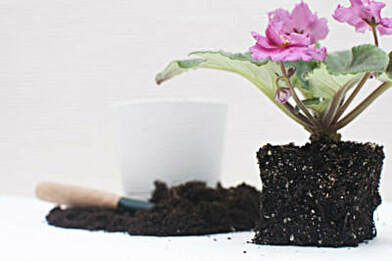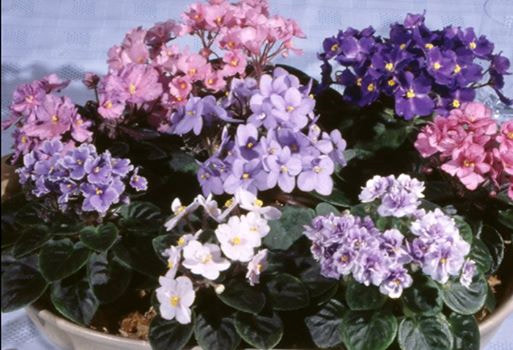
FEWER FLOWERS IN WINTER – Ruth Coulson (Ruth is with the Australian African Violet Association and lives on the Central North Coast of NSW) (Originally published on the African Violets Down Under Facebook page.(www.facebook.com/groups/241227626277942/?fref=nf) Why do African violets flower less in winter? After all the majority of growers in this country are living in mild climates, and anyway we are told that African violets like the same conditions that we humans enjoy. There are a couple of points that may be relevant to your situation if you have fewer flowers. TEMPERATURE: Even indoors, winter makes itself felt. We do not normally heat our homes to the same temperatures that we have in summer. Especially if you are growing by natural light, your plants may be near windows – as they would be to get the light – and on winter nights they may be rather cold. Lower temperatures mean less growth and in turn this means there are fewer new nodes to produce buds. Furthermore, the leaves often grow smaller and produce a more cramped plant so that any buds that are there find it hard to grow through. HUMIDITY: Some parts of the country may have less humidity in winter. Indoor conditions can be particularly dry if you run heating, as that will dry out the air. African violets do better in humid conditions and it is difficult to produce this artificially. In dryer conditions the flowers do not last as well, and in extreme conditions the buds may not even open. You can mist the plants with warm water, but unfortunately that moisture can be quickly evaporated away and leave conditions much as they were before. One of the best things to do is to group your plants together so that there is something of a moist microclimate formed in their area. LIGHT: If growing in natural light, the hours of available good light are reduced and it is not as intense. Less light will simply give less growth and fewer buds are formed. There is a compensation for the ills of winter, though. The flowers you do have are often larger and have more intense colouring and patterning. f the humidity is satisfactory, they may well last longer. In any case in a few more months you will have plenty of flowers like these. Remember: “If winter comes, can spring be far behind?” |
|
.
|
